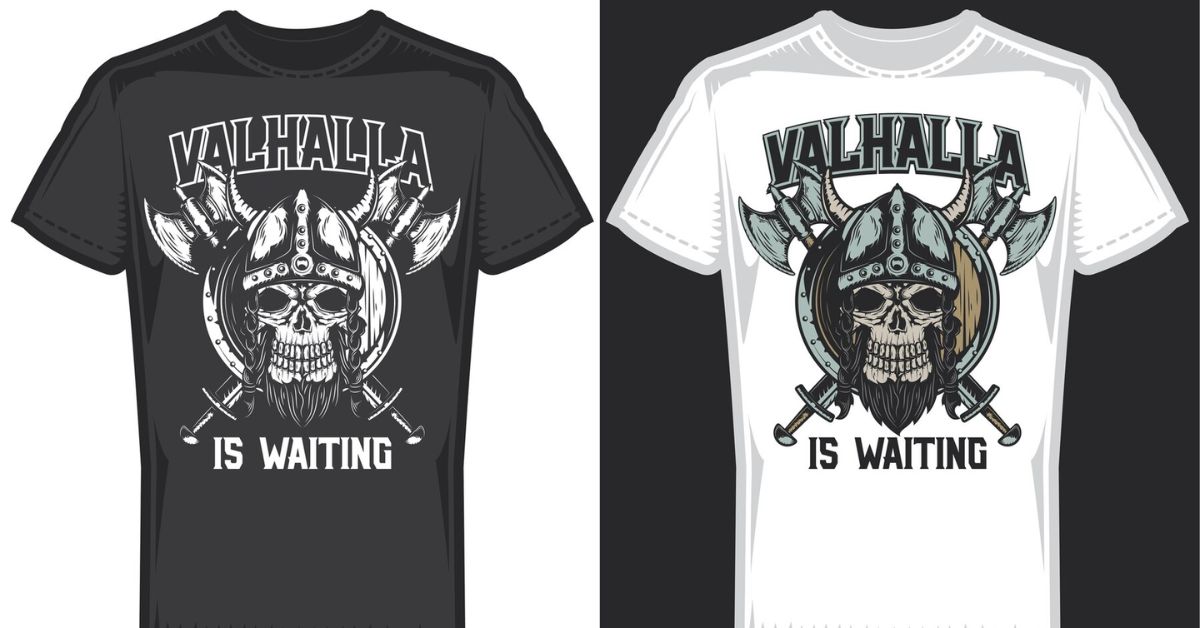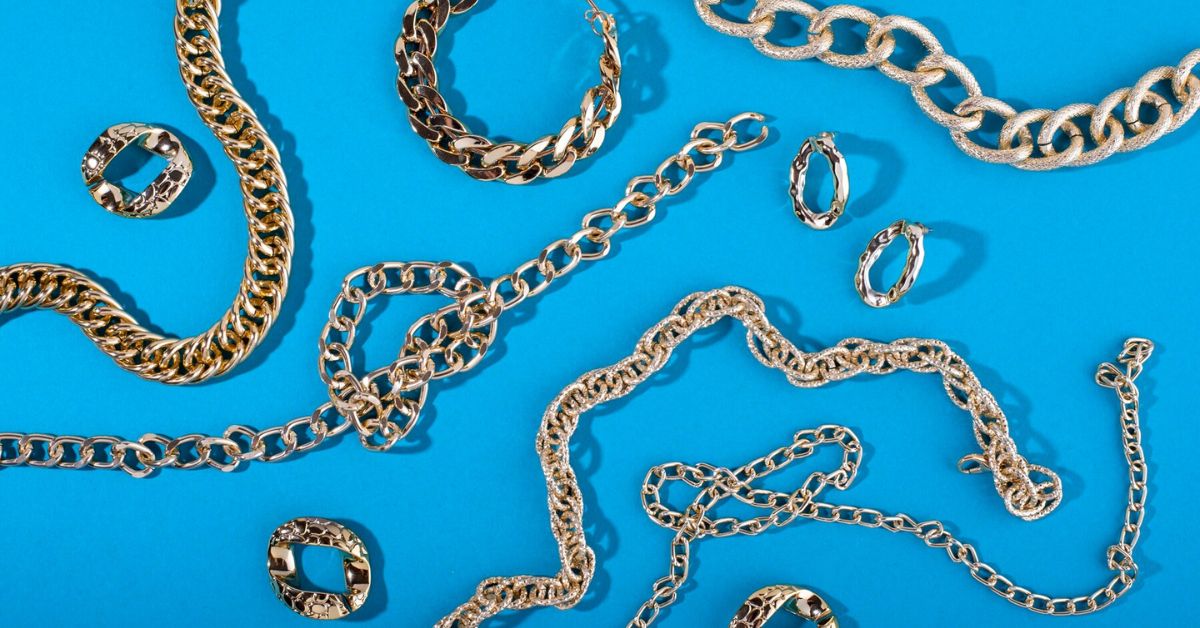In the ever-evolving world of fashion, editorial pieces stand out as a canvas where creativity knows no bounds. But recently, a new trend has emerged, blending the mystical with the mainstream—occult themes. This fusion of the esoteric and the aesthetic has captured the imagination of designers and fashion enthusiasts alike. In this article, we will delve into the intriguing world of editorial fashion and explore how occult themes have seeped into this glamorous realm.
Understanding Editorial Fashion
Definition and History
Editorial fashion refers to high-concept fashion designed for magazines and media, often characterized by dramatic, stylized, and artistic presentations. Unlike commercial fashion, which aims to be practical and wearable, editorial fashion is meant to push boundaries and evoke strong emotions. Its history is rich, tracing back to the early 20th century when fashion magazines began showcasing couture and avant-garde designs in creative settings.
READ MORE: African Fashion Dresses: A Cultural and Fashionable Journey
Key Characteristics of Editorial Fashion
Editorial fashion is known for its elaborate storytelling through clothing. It often features high-fashion pieces that are not necessarily intended for mass production. Instead, these designs are meant to captivate and inspire, making use of intricate styling, unusual poses, and artistic direction. It serves as a platform for designers to experiment with their craft and present their vision in a visually compelling way.
The Role of Editorial Fashion in the Industry
Editorial fashion plays a crucial role in shaping trends and influencing public perception. It provides a space for designers to showcase their most imaginative and bold creations. These editorials often set the tone for upcoming fashion trends and help in positioning designers in the public eye. They are also a key component in establishing the aesthetic direction of the fashion season.
The Rise of Occult Themes in Fashion
Historical Background of Occult Symbols
Occult symbols, often associated with mysticism and esoteric traditions, have a rich history that dates back centuries. From ancient alchemy to modern witchcraft, these symbols have been used to represent various spiritual and mystical concepts. Their allure lies in their mysterious and often misunderstood nature, which has fascinated people across cultures.
Occult Themes in Early Fashion
Occult themes have appeared in fashion sporadically throughout history. In the 1960s and 70s, for instance, countercultural movements embraced occult imagery as part of their rebellion against societal norms. Designers like Yves Saint Laurent and John Galliano occasionally drew inspiration from these themes, incorporating mystical elements into their designs.
The Revival of Occult Themes in Modern Fashion
In recent years, there has been a notable revival of occult themes in fashion. This resurgence can be attributed to a growing interest in spirituality and alternative lifestyles among younger generations. Fashion designers are increasingly incorporating occult symbols and motifs into their collections, often blending them with contemporary styles to create a unique and captivating aesthetic.
Influences of Occult Culture on Editorial Fashion
The Symbolism of Occult in Fashion
Occult symbolism in fashion often involves intricate patterns and motifs such as pentagrams, moons, and mystical creatures. These symbols are used to evoke a sense of mystery and intrigue, and they often carry deep, personal meanings for those who embrace them. In editorial fashion, these symbols are stylized and presented in a way that enhances their visual impact.
Prominent Designers and Occult Inspirations
Several designers have become known for their use of occult themes. Alexander McQueen, for instance, frequently incorporated macabre and mystical elements into his collections, creating a dramatic and thought-provoking narrative. Similarly, designers like Gareth Pugh and Riccardo Tisci have drawn on occult symbolism to explore themes of power, transformation, and the supernatural.
Notable Fashion Shows Featuring Occult Themes
Fashion shows featuring occult themes often become memorable for their theatrical and otherworldly presentations. For example, McQueen’s “The Widows of Culloden” collection showcased a hauntingly beautiful blend of Scottish history and occult imagery. These shows not only captivate audiences but also push the boundaries of conventional fashion presentations.
Case Studies of Occult Fashion in Editorials
Iconic Editorial Fashion Spreads
Several editorial fashion spreads have become iconic due to their use of occult themes. Vogue’s “Witching Hour” issue, featuring models adorned in mystical garments and dramatic makeup, is a prime example. Such spreads are celebrated for their ability to seamlessly integrate high fashion with esoteric elements.
Analysis of Specific Designs
Designs featuring occult themes often use rich textures, dark colors, and elaborate detailing to create an air of mystery. For instance, a collection might include flowing robes with embroidered symbols, or accessories featuring pentagram motifs. Each element is carefully chosen to enhance the overall narrative and aesthetic of the editorial.
Impact on Fashion Trends
The incorporation of occult themes into editorial fashion has had a significant impact on broader fashion trends. It has inspired a wave of interest in gothic and mystical styles, influencing everything from streetwear to haute couture. This trend has also prompted a wider conversation about the intersection of fashion, art, and spirituality.
The Fusion of Editorial Fashion and Occult Themes
How Designers Incorporate Occult Elements
Designers incorporate occult elements in various ways, from subtle references to overt symbols. These elements can be woven into fabric patterns, jewelry designs, or even makeup and hairstyles. The goal is often to create a sense of narrative and to engage the audience in a deeper exploration of the themes presented.
The Artistic Vision Behind Occult Fashion
The artistic vision behind occult fashion is often driven by a desire to explore the unknown and to challenge conventional beauty standards. Designers use occult themes to provoke thought and to create pieces that are not just visually stunning but also conceptually rich. This approach allows for a deeper emotional connection with the audience.
Consumer Reactions and Market Impact
Consumer reactions to occult-themed fashion can be mixed. While some embrace the mystique and artistry of these designs, others may find them controversial or unsettling. Despite this, the market impact of occult fashion is significant, with many designers reporting strong sales and widespread interest in their collections.
The Controversy and Criticism
Ethical Considerations
The use of occult symbols in fashion can raise ethical concerns, particularly regarding cultural appropriation and the commodification of spiritual practices. It is important for designers to approach these themes with respect and sensitivity, ensuring that their use of symbols is thoughtful and informed.
Misinterpretation of Occult Symbols
Occult symbols are often misunderstood or misinterpreted, which can lead to controversy. Designers must navigate the fine line between artistic expression and cultural sensitivity, avoiding the perpetuation of stereotypes or the trivialization of spiritual practices.
The Balance Between Art and Appropriation
Balancing artistic vision with cultural sensitivity is a key challenge in the fusion of occult themes with fashion. Designers must strive to respect the origins and meanings of the symbols they use while also creating innovative and engaging fashion statements.
Future Trends and Predictions
Emerging Trends in Occult Fashion
Looking ahead, it is likely that occult themes will continue to evolve and influence fashion. We may see new interpretations of mystical symbols and a greater emphasis on sustainability and ethical practices within this niche. The blend of technology and spirituality could also play a role in shaping future trends.
The Evolving Role of Occult Themes in Editorial Fashion
As fashion continues to push boundaries, the role of occult themes in editorial fashion will likely become more nuanced. Designers will continue to explore the intersection of the mystical and the modern, creating collections that challenge and inspire in equal measure.
Conclusion
Editorial fashion has long been a space for innovation and creativity, and the integration of occult themes adds a layer of depth and intrigue to this dynamic field. From historical influences to contemporary designs, the blend of mysticism and high fashion offers a unique perspective on the art of clothing. As this trend evolves, it will undoubtedly continue to captivate and inspire, pushing the boundaries of what fashion can be.
FAQs
What is the significance of occult symbols in fashion?
Occult symbols often represent deeper spiritual or mystical meanings, and their use in fashion can evoke a sense of mystery and allure. They can also serve as a form of artistic expression and storytelling.
How have occult themes influenced modern editorial fashion?
Occult themes have influenced modern editorial fashion by introducing new visual motifs and narratives. Designers use these themes to create dramatic and thought-provoking collections that stand out in the fashion world.
Are there any notable fashion designers known for using occult themes?
Yes, designers like Alexander McQueen, Gareth Pugh, and Riccardo Tisci are known for incorporating occult themes into their collections. Their work often explores themes of power, transformation, and the supernatural.
What are some examples of occult-themed editorial fashion spreads?
Iconic examples include Vogue’s “Witching Hour” issue and Alexander McQueen’s “The Widows of Culloden” collection. These spreads are celebrate for their artistic integration of occult themes and high fashion.
How does the public perceive the use of occult themes in fashion?
Public perception varies, with some embracing the mystique and artistry of occult-themed fashion, while others may find it controversial. The impact on fashion trends is significant, reflecting a growing interest in gothic and mystical styles.
READ MORE: CLICK HERE





